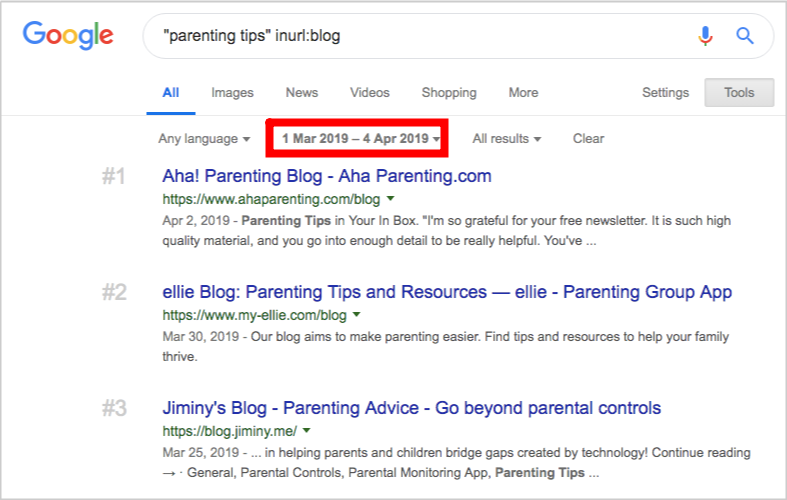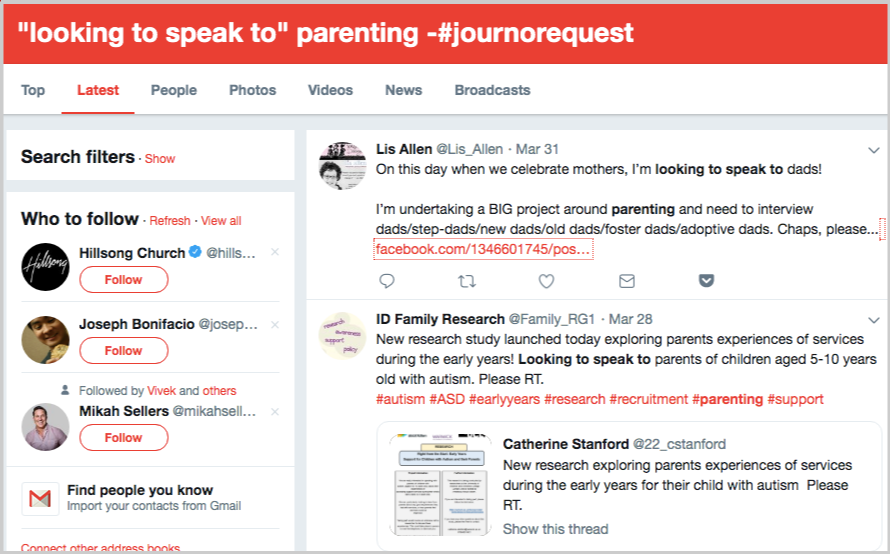by Venchito Tampon Jr | Last Updated on October 24, 2021
Outreach for any marketing initiatives including link building requires proper timing. When publishers are at the moment when they need what you offer, the likelihood of getting the link increases.
It is at a content creators’ most receptive timing that they consider an exemplary content, which is way more effective than begging them for links when you start promoting your online asset.
In this post, we’ll cover the factors that would help you and I determine the highest receptivity of potential linkers.
Table of Contents

Normally, writers and publishers from niche blogs and other publications don’t have a non-stop writing schedule for their online content. They have their own sets of phase – from content ideation, research for references, drafting, proofreading, and publishing, which allows them to secure the finest quality in every detail of its content creation process.
Consider the intent of a content creator performing a search query for his research. He includes parts of other online references – pages from other websites that will be of useful information to the content he is producing.
Content parts may comprise of any of the following:
- Answers to questions potential customers wanted to know
- List of industry jargons and lexicons
- Reactions and counter-arguments to the latest big trending industry news
- Industry concepts that require explanation and guides
- Updated national or local laws, regulations, and implementations (i.e. PH’s tax table)
You can use Ahrefs’ Question Feature for discovering questions your users are looking for in your industry. There are questions where there is a need for a more detailed article or even a shoot a video for better content consumption.
You may have to find and hire academic and industry experts to help you with industry jargons – pull them off and create a list of terms and definitions that will be of use to content publishers. There are a lot of glossaries. So, one you should be putting out must cover more entries and should have highlight examples that are most commonly used in the market.
Influencers (e.g. vloggers) now have the luxury of producing video reactions to latest trending news that would get buy-in and support from other content publishers (if done with finesse quality – i.e. practical advice or information on the subject matter).
For retailers, you can invest in content pieces that compare leading products or brands in your space. Search for any productA vs product B high search volume phrases in Ahrefs and start determining if it’s worth producing into content. I mostly see fact charts and tables for comparisons, but if you want to stand out, you can make little efforts to interview experts for impartial reviews or opinions.
TARGET FRESH PROSPECTS
When a website has been updated just recently – i.e. last week, last month or even last 24 hours, there is a higher likelihood for response to an irresistible pitch.
With very little efforts, one can find these very hot link prospects.
If you’re doing link prospecting for a while, you would find Tools filter to be extremely valuable in refining your backlink targets. You’ll be able to see newly published pages.

There are a lot of things you can leverage on this part, but one you can completely observe is there are many industries where there are missing good quality photos. So if a recently published article has a mediocre image, you can quickly send a pitch providing a list of high-quality images they can use for their blogs.
Independent bloggers normally don’t have graphic artists on their team, so this is a good way to appeal to content creators in your space.
If you have a plethora of high-quality images, you can do a massive reverse search for these visual content. This is to ensure you monitor any non-attributed images you can reach out to and ask to credit images to your website.
FIND JOURNALISTS SEEKING FOR CONTENT
Sending pitches to journalists who are looking for stories to cover on their publications requires a solid strategy for PR and link builders eyeing for big exposures. While it’s an extremely difficult process for some, here are some guides I’ve found to be helpful for pitching journalists:
Journalists have timing where they are also at their highest receptivity. This is true when they already start looking for industry people to interview..
HARO is a great place to discover journalists seeking for stories your brand may be of interest. Another channel that is often underutilized is Twitter.
With a few Twitter searches, one can find enough available niche-specific story requests from journalists.

While most publication people would include #journorequest in their Tweets, you won’t find this very often to be true.
Journalists normally use very classic terms that don’t necessarily include the hashtag #journorequest. Here are some of the Twitter phrases you can use for discovery:
- “looking to speak to” -#journorequest
- “looking to interview” -#journorequest
- “is there anyone” expert -#journorequest
- “can you recommend” interview -#journorequest
- “do you know” expert -#journorequest
There would be a lot of noise in Twitter search results, so you have to filter ones that are only journorequest and at the same time relevant to your industry.
One advantage of these non-common journorequest Twitter tweets is that they don’t receive pitches as much as those users of #journorequest tweets that link builders and PRs reached out to.
HIGHEST RECEPTIVITY IN OUTREACH
We all aim for the highest receptivity in outreach emails. This is only possible if we are able to know and understand the stages where these content creators, potential linkers, and journalists are likely to respond.
With the above practical tips on strategic link prospecting for most receptive link targets, you’ll able to expect more results in link performance.
Further Resources:
The Author
Venchito Tampon Jr
Venchito Tampon is a Filipino Motivational Speaker, Corporate Trainer, and a Leadership Speaker in the Philippines. He is the CEO and Co-Founder of SharpRocket, a link building agency. With a decade of experience, Venchito has a proven track record of leading hundreds of successful SEO (link builidng) campaigns across competitive industries like finance, B2B, legal, and SaaS. His expert advice as a link building expert has been featured in renowned publications such as Semrush, Ahrefs, Huffington Post and Forbes. He is also an international SEO spoken and has delivered talks in SEO Zraz, Asia Pacific Affiliate Summit in Singapore, and Search Marketing Summit in Sydney, Australia. Check out his other businesses, Hills & Valleys Cafe, Blend N Sips and Saas Pursuit.
How our LINK BUILDING AGENCY builds 250 links/mo consistently using Predictable Link Building Methodology™…
- Using a SIMPLE and PROVEN system
- Using a SCALABLE strategy
- No private blog networks
- No creepy outreach emails
